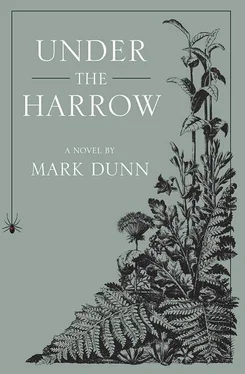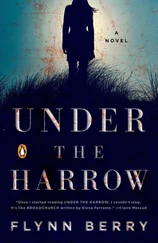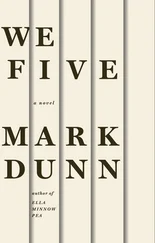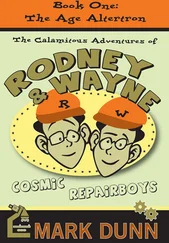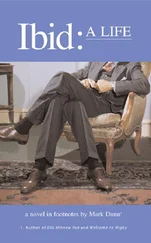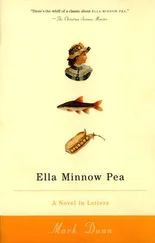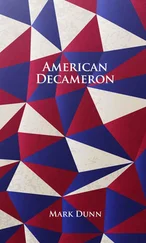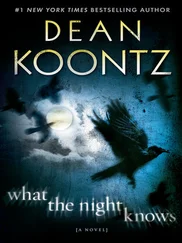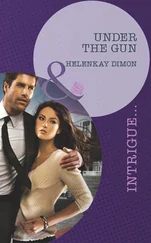Sir Dabber stood looking at the walls in silence, and thinking, I have no doubt, nothing at all about the unrestrained numerical ravings that had been inscribed upon them, but about his son and the possibility of having him back, hail and hardy and restored to full sanity. It was I who gave the walls full scrutiny and in doing so came to see in one small corner at the bottom of the wall that ran to my right, something that did not resemble a mathematical formula at all — something that was quite different from everything else round it: a sequence of ancient Egyptian hieroglyphics.
“I cannot believe it!” I exclaimed.
“Cannot believe what?” replied Dabber, shaken from his reverie.
“This — in the corner here. There are no numbers here, nor mathematical symbols. The markings are all in hieroglyphics. I recognise these ideograms from my own childhood interest in this most exotic language art.”
“And what do you make of it? Can you decipher it?”
“I’ll certainly try.” I sat myself down upon the dirty stone floor to give the sequence a closer examination.
The first symbol in the progression sent a chill throughout my hunkered frame. I could not help shuddering, and Sir Dabber could not help noticing my astonished state.
“What is it, Trimmers? You look as if a ghost has just passed before you.”
“I presume the first ideogram to be some form of salutation. The glyph here is a man with a long beard. It generally means an august person, a person of some rank, a god or demigod, if you will. This ideogram has always been my rather comically self-important way of signing my own hieroglyphic missives to my nephew Newman, who took an interest in the ancient art when a pupil at the Chowser School.”
“One might think, therefore, Trimmers, that the hieroglyph is addressed to you. Read on.”
I studied the next symbol: a rectangle with an opening at the bottom, which generally stood for “abode” or “a place” as if it were the simplest form of an architect’s floor plan. I continued to muse and decipher aloud for Dabber’s benefit: “Here is then a reference to a place — it is a specific place, I warrant.”
“What place?” asked Dabber, finding himself helplessly drawn into the mystery.
“The next glyph should give us more information. Here we have a representation of stairs, which is exactly what it purports to be: stairs, or the locomotive act of mounting stairs. Now I should think that the symbol in connexion with the previous term should refer to someplace with stairs— someplace of more than one storey.”
“There are quite a few such places in Milltown,” said Dabber.
“But note that the writer has made the stairs taller than the symbol generally allows. He is telling us, I’m certain, that the place to which he refers is a place with quite a number of stairs.”
“There are only two such places that come readily to mind, Trimmers. The All Souls campanile — which is nothing but stairs and quite a few of them — and this very hospital. Could it be that the writer is directing us up those very stairs we find beyond that door?”
I nodded effusively. “I wager that he is telling us of his next anticipated address. For note that he is no longer here within this cell.” That thought which I had not hitherto allowed myself to think now cast itself most impertinently upon my brain: that this hieroglyphic sequence had, in fact, been chalked by my nephew Newman. For who else could have done it, and what would have been the odds that another author would have addressed his message to me ?
There was now quite an urgency to Dabber’s wheezing voice: “What do the other glyphs mean? There are five more.
“The last is a closing. The writer is identifying himself here.”
“What is that?”
“Can you not tell? It is a wing: the symbol for flight. It is how Newman signed his own hieroglyphic letters to me when we would write back and forth. Newman always said that he should be a bird in some other life: a bird of some majesty.”
“And you’re certain of this?”
“It simply cannot be mere coincidence, Sir Dabber, especially when coupled with the salutation.”
“And the other four symbols?”
“A roll of papyrus, indicating writings or books or…oh, let me think… there is another meaning: yes, yes. Thought . To know . And now, this one is easy: it is the crocodile, which stands for concealment. Then the symbol for a tie — the tie that holds a papyrus roll together. This means, again, writings or books or knowledge of some sort.”
“And again the crocodile. It is most impenetrable, Trimmers. I cannot see how you can possibly make heads or tails of it.”
I pondered the sequence in silence, going over each of the possible denotations conjunctively. “I don’t think, Sir Dabber, that the glyphs for papyrus and roll-tie are merely illustrative of the fact that I am a writer. Newman would not expend himself in merely stating the obvious.” Suddenly, in the midst of my composed and sedate interpretation of these symbols, I was struck by the import of their very purpose: that my nephew Newman was attempting to communicate with me. That he had been here within this very cell — a place in which he most obviously did not wish to be — and devised, using the only tools at his disposal, a means by which to tell this to me — with only the slightest chance that his effort should be discovered and correctly interpreted by an unintended recipient. It was a gambit that had little chance for the most desirable of outcomes: that his uncle might eventually find his way to this particular cell — but regardless of its rather long odds, it had paid off. For was I not standing here reading his words?
Or were those odds not long ones at all? I would presently find out.
“He is here, Dabber — being concealed within this very building.”
“The crocodile, Trimmers. Concealment . There you have it.”
“Yes, but why the second crocodile?”
“The other — well, what does one do when another one hides, Trimmers?”
“We go to look for them.”
Dabber nodded and smiled. “The second crocodile therefore means that very thing. He wishes you to find him. It couldn’t be simpler.”
“I wish that somewhere in those ideograms there gave an elaboration for why he is being secretly held captive here.”
I rose from my crouched situation and stepped out into the corridor. I called to the attendant Oscar who was half-dozing in his chair. “You there! Have you any knowledge of the person or persons who occupied this cell after Chivery?”
“I have not.”
“Why do you say that with such assurance?”
“Because there are certain folks they bring down here that I’m not permitted to see. That is when they send me up the stairs to work in the scullery or clean out all them piss pans. I prefer it here if you want the truth of it, where I can keep my hands dry of suds and piss.”
I returned to Dabber and to the hieroglyphic message from my nephew.
“Perhaps we are straining too hard to see that which is most obvious,” said Dabber, continuing the thread of our exchange. “Let us therefore use a bit of Chiverian mathematical logic for our own benefit. There were seventeen Returnees, prior to the unfortunate death of Mr. Gamfield, all of whom have allegedly been taken ill by the Terror Tremens. Now we have another Returnee, your nephew Newman, who returns us to the original figure of seventeen. For he was slipped in here unbeknowst to you or his mother or even to poor Oscar out in the corridor. Why?”
“Not because he has been struck ill by the Terror Tremens. For if that be true why should we not have been told that he now resides here?”
Читать дальше
